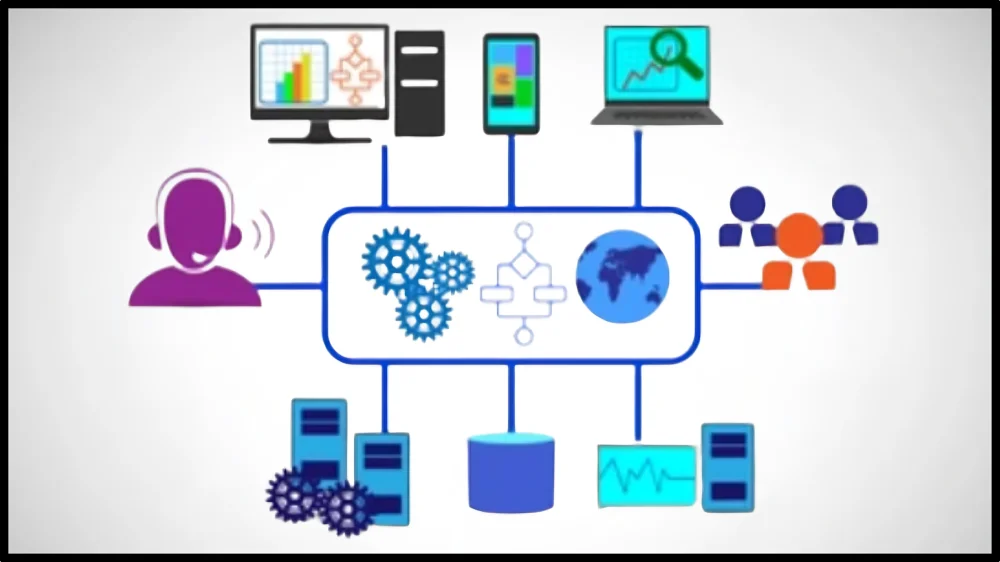GENERAL
The Allure of SIT Testing: 5 Major Reasons Why Individuals Embrace It

System integration testing, or SIT, has become a crucial procedure in a rapidly developing field of software development that offers several advantages to both individuals and companies. This thorough testing methodology, which emphasizes confirming a smooth operation of several components and subsystems, has attracted a lot of interest and has been widely applied in a variety of industries. In this blog, you will explore the top five factors that lead people to view SIT testing as an essential component of software development efforts.
Table of Contents
Top Five Factors Of SIT Testing
1. Ensuring Cohesive System Functionality
One of the primary purposes of SIT testing is its ability to confirm the complete functionality of a system. Software programs are made up of various parts that, in today’s complex and interconnected world, must cooperate harmoniously to give the desired functionality. By evaluating if these dissimilar components fit together properly as well as work together harmoniously, SIT testing helps people make sure a system works as it should. One way to reduce the likelihood of expensive flaws and system failures later on in the development cycle is for people to recognize and address integration concerns early on.

2. Enhancing Quality and User Experience
Success in today’s competitive business requires offering high-quality software that either meets or exceeds customer expectations. This project requires SIT testing since it offers a thorough evaluation of the system’s operation, performance, and general user experience. Through the use of realistic scenario simulation and condition testing, problems with performance bottlenecks, inconsistent user interfaces, and other elements that could detract from the end-user experience can be found and fixed. As a result, SIT testing enables people to provide reliable and intuitive software solutions that promote client happiness and loyalty.
3. Facilitating Collaboration and Communication
During a software development process, multidisciplinary teams often work together to construct complex systems. Through SIT testing, collaboration, and communication are encouraged as these teams gain a shared understanding of the system’s integration points, dependencies, and expected behaviors. People from other fields can discover possible integration problems, exchange ideas, and work together to create solutions through the testing process. This collaborative approach fosters a culture of continuous learning and improvement inside the organization by encouraging knowledge exchange and improving system quality.

4. Enabling Scalability and Future Growth
Software systems are rarely static; rather, they constantly adapt to users’ wants, changing technological landscapes, and changing business requirements. People can evaluate the system’s scalability and readiness for future expansion with the help of SIT testing. Through the process of modeling different scenarios, such as higher workloads, volumetric data, or concurrent users, bottlenecks or restrictions that can impede the system’s scalability can be found. This proactive strategy guarantees that the system may develop and adapt smoothly as requirements change by enabling quick adjustments and architectural upgrades.
5. Mitigating Risks and Reducing Costs

In the end, the main incentive for people to use SIT testing is the possibility of lowering risks and expenses related to software development and implementation. Integration problems can cause major rework, delays, and financial losses if they are not discovered until later in the development cycle or after deployment. Through early detection and resolution of these problems, SIT testing lowers the need for expensive fixes as well as the chance of system breakdowns or downtime. People may expedite the development process, maximize resource usage, and ultimately deliver software solutions more effectively and economically by identifying and fixing integration errors early on.
Conclusion
Ookey’s system integration testing (SIT) services ensure seamless interoperability across enterprise software ecosystems. Its proficiency lies in rigorously validating mission-critical integrations, and facilitating real-time data synchronization between disparate platforms. For instance, its expertise encompasses thorough end-to-end testing of NetSuite-Shopify integrations, maintaining inventory accuracy across backend and front-end systems. By meticulously vetting integrated solutions, Opkey mitigates operational risks arising from data inconsistencies, enabling optimized business processes.
-

 GENERAL2 months ago
GENERAL2 months agoUncovering the World of кинокрадко: The Dark Side of Film Piracy
-

 GENERAL1 month ago
GENERAL1 month agoUnveiling the Art of преводсч: How Translators Bridge Language Barriers
-

 YOGA1 year ago
YOGA1 year ago4 Person Yoga Poses for Beginners
-

 GENERAL2 months ago
GENERAL2 months agoThe Journey of iamnobody89757: From Anonymous User to Internet Sensation





























